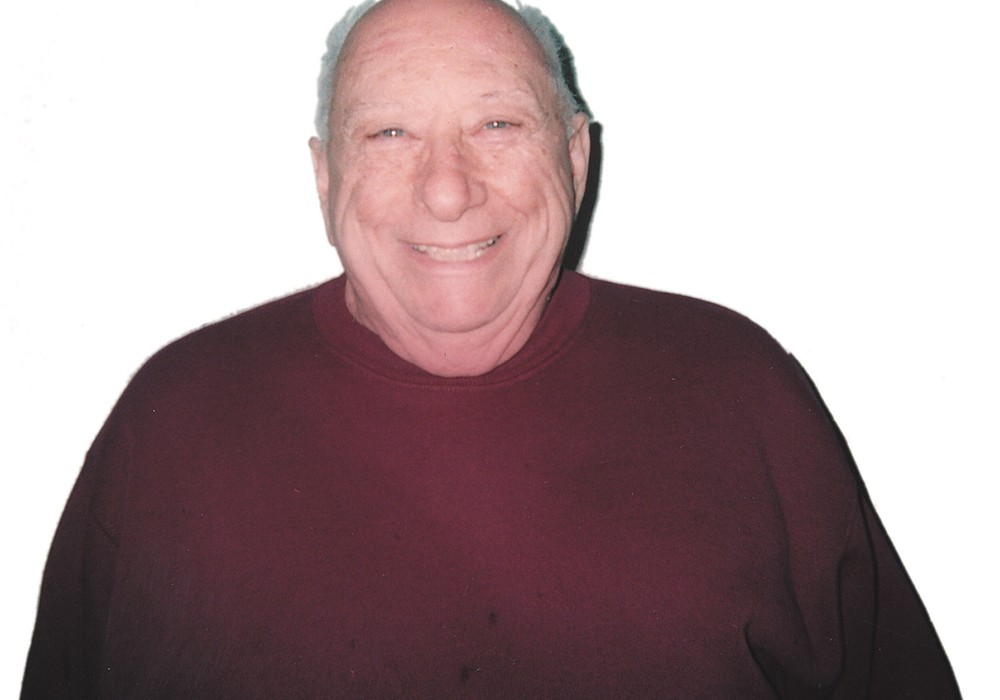When I first began researching the career of British recording icon Joe Meek back in 2000, I knew that he was reputedly a great innovator, but I had no concept of the scope of his achievements. It was only after a year of acquiring, and poring over, huge quantities of written and recorded material, interviewing people who either worked with Meek or were knowledgeable about him, and listening to well over a thousand recordings from throughout his career, that a relatively complete picture began to emerge. Meek wasn't just a curious footnote in the annals of British recording history. He was a giant whose approach to recording and recording technology was years, and in some cases decades, ahead of his time, and his influence has been felt throughout the entire British recording community from the mid '50s until well into the '60s. Nowadays, many of Meek's once-radical innovations have been so thoroughly assimilated that we take them for granted, if we notice them at all — but they provoked a fierce backlash from the majority of his contemporaries at the time they were introduced. I'll touch on a few of them here. But first a little background on the man himself.
Robert George "Joe" Meek was a precocious youngster. By the age of ten he had written and produced theatrical performances by and for the children in his village, as well as built a crystal radio set, a microphone, and a tube amplifier. At age 14, he expanded his rig, working dances and parties as a mobile DJ. And at 16 he acted as a musical supervisor, providing sound effects for local theater groups (that he had recorded on a homemade tape machine). He built a disc cutter when he was 24 and used it to cut his first record — a sound-effects library. He was a "radarman" while serving in the military, repairing radios, televisions, and other electrical devices before becoming a professional audio engineer.
Although frequently celebrated as a musical oddball and DIY rebel, Meek began his professional career as an employee at IBC, the largest and most advanced studio in London. British engineers of that era typically wore white lab coats and faithfully executed procedures developed to record sounds with the greatest possible fidelity. Meanwhile producers sported suits and were charged with making the creative decisions, despite rarely understanding anything about recording technology. That a mere engineer might make creative suggestions, much less insist upon them being carried out, was unimaginable. Meek was almost singlehandedly responsible for changing all that.
Between 1955 and 1957, Joe Meek engineered dozens of hit records for major pop and jazz artists-often adding unusual sonic touches that greatly distinguished them from the recordings of their peers. To realize the sounds he heard in his head, Meek tweaked tape machines and pushed limiters to the max to get the hottest possible levels on tape. He used compressors to create pumping and breathing effects, placed microphones close to (and sometimes inside) sources rather than at the officially prescribed distances, experimented with using the "wrong" types of microphones, and sometimes even went so far as to intentionally overload preamp inputs. He was also a big fan of acoustic echo chambers and tape delay. He built the first of his "black box" spring reverb units out of a broken heater in 1957 (three years before Alan Young developed what would become the Accutronics Type 4 reverb unit for the Hammond Organ Company). It is also likely that Meek was one of the first engineers to direct inject (DI) the electric bass.
As the astute reader may already have gathered, the implementation of these techniques resulted in a major paradigm shift. British pop recordings made in the mid- to late-'50s incorporated a lot of room sound. Microphones were typically placed well away from sources, and separation was achieved by keeping the musicians far apart from each other. Meek close-mic'd sources, largely eliminating the room sound, and then used compressors and limiters to tighten up those sounds and give them more punch. To compensate for the lost ambience, and sometimes to create unnatural ambient effects, Meek would send entire mixes to an echo chamber. He might have also employ tape delay (using a three-head reel-to-reel recorder). It's quite possible that he was the first person in England to delay signals before routing them to an echo chamber, thus inventing pre-delay.
Many producers resented what they perceived as Meek's challenges to their authority, but because so many of his recordings became hits, other producers — including jazz and world-fusion pioneer Denis Preston — refused to work with anyone else. Meek was also the engineer of choice for numerous artists and record companies.
Trad jazz trumpeter Humphrey Lyttelton's "Bad Penny Blues" is one of the best-known examples of the way Meek's approach changed the character of recordings for the better. The song was built around a rolling boogie-woogie piano bass line and pushed along by a snare drum played with brushes. Meek compressed all the instruments far beyond what was usual for jazz recordings, but he also made the brushes prominent in the mix and intentionally distorted the piano bass line.
"It was Joe's concept," said Preston, who produced the session. "He had a drum sound — that forward drum sound — which no other engineer at that time would have conceived of doing, and with echo. Joe created this at a time when I was being told that the rhythm section should be felt and not heard. He was the first man to use what they then called distortion. I know what they call it now — now they build it into gear! And that made a hit out of what would otherwise have been another track on a jazz EP. It was purely a concept of sound." "Bad Penny Blues" made it into the Top 20 on the pop (not just jazz) hit parade.
On another occasion, when vocalist Anne Shelton recorded "Lay Down Your Arms," a song with a military marching beat, the producers wanted to add the sound of actual marching soldiers. Instead, Meek had another engineer shake a box of gravel back and forth, producing the same basic sound. The record was a massive hit.
While at IBC, Meek also experimented with sound-on-sound recording using two recorders. "Joe and producer Michael Barclay used to work with what they called 'composites,' which they made track, by track, by track," says veteran engineer and producer Adrian Kerridge, who worked with Meek at the time. "What they were doing, in effect, was multitrack recording, using the composite method. Nobody else, to my knowledge, in London, in fact, in Europe — I don't know about America — was working this way, at that time."
His many successes notwithstanding, Meek eventually grew tired of the confines — and frequently adversarial environment — of IBC, and left in September of 1957. A few months later, he helped Preston found Lansdowne Studios, and before long Kerridge joined them. Meek designed a 12-channel mono tube mixer with EQ on every channel (a luxury at the time), which he had custom built by EMI/Hayes. Meek also installed EMI TR50 and TR51 recorders, as well as overseeing all of the studio's technical arrangements. The engineers at IBC called Lansdowne "The House of Shattering Glass" because of its clarity of sound. In 1959 it became one of London's first stereo studios. Meek remained there until November of 1959.
According to Kerridge, Meek used two tape recorders to produce flanging while at Lansdowne, an effect usually thought of as having been developed in the mid-'60s. "It was very successful," he says, "and we used it a lot, along with expansion, compression, and limiting." Meek also sometimes used large movable Lucite panels to liven up the sound of a dead room at Lansdowne, similar to the way in which he had recorded trumpet sections playing against a cement wall to capture early reflections at IBC.
Meek also built two of his famous black boxes while at Lansdowne. One was a Pultec-style equalizer, described by one of its owners as "probably the warmest, smoothest, most transparent equalizer ever made." Another was a Langevin-style compressor/limiter, currently owned by Kerridge. Meek left both units at Lansdowne when he departed. He took his third black box — the fabled spring reverb — with him. According to Kerridge, "It worked very well, and Joe was very secretive about it. To my knowledge, this was probably the first spring echo unit of its kind. It produced a very twangy and reverberant sound that he used, to great effect, on many of his recordings."
While at Lansdowne, Meek was also making impressive recordings at his tiny Arundel Gardens flat, most notably his "outer space music fantasy" called I Hear a New World, a full-length LP that was recorded in stereo. How Meek was able to work in stereo remains a mystery, as nobody who was there at the time recalls seeing any stereo machines, much less a stereo mixer. The largely neglected recording is interesting because it provides fascinating insights into how an early audio innovator, working at the dawn of commercial stereo, dealt with issues such as phase relationships, imaging, and the juxtaposition of dry and processed sounds. Beyond that, Meek's use of signal processing, tape manipulation, and tape loops puts the record in a class by itself.
Meek wanted to go beyond the static stereo recordings that were being made at the time, by introducing motion into his mixes. On a promotional recording made in 1960, Meek remarked, "I've tried — and I've had to do it rather carefully — to create the impression of space, of things moving in front of you, of a picture of parts of the moon."
Sometimes he did that by panning a sound from one side to the other. He also used the reverb and echo returns to create motion by panning the dry sound to one side and the effect return to the other, or by having the processed and dry sounds on one side, but the effect bleeding over to the other side. On "March of the Dribcots," Meek made the sounds "march" from one side to the other by continuously varying the balance of high and low frequencies for each sound.
The remarkable story of the making of this landmark recording occupies an entire chapter in my book, Joe Meek's Bold Techniques, which also includes information on streaming a newly restored version of the original recording. (The commercially available CD release of I Hear a New World contains a drastically altered version of little historical significance.)
Despite his many extraordinary accomplishments in the '50s, most people who have heard about Meek often associate him with the records he made in the '60s — those were recorded in his legendary studio, located on the third floor above a leather shop in London at 304 Holloway Road. The studio could only be reached by climbing several steep flights of narrow stairs. Besides making for a challenging load in, musicians who angered Meek were routinely thrown down them, followed by their gear. The 11x12 ft control room had no direct view of the roughly 18x14 ft recording area down the hall; Meek had to run back and forth between the two rooms to communicate with the musicians.
Meek described the studio as being, "The size of an average bedroom; no larger. I've covered the walls with acoustic tiles... all the walls except one, which is covered with a thick curtain. This has very good absorbing power, and the studio is extremely dead. The floor is carpeted, and the ceiling is completely covered in tiles. One wall has some tiles missing, and this gives me a certain amount of brightness. But basically it's completely dead." Meek also claimed that he had converted a small room above the control room into an echo chamber, but that's a matter of contention. The sound of an echo chamber can be heard clearly on nearly every recording made at Holloway Road, but he very likely used the bathroom for that purpose. (It is well known that Meek sometimes recorded vocalists in the bathroom to get an echo sound.)
As to what gear Meek used when making his classic recordings, including The Tornados' 1962 global #1 hit "Telstar," it ranged from professional quality to homemade. And, as is the case with most studios, the gear was continually being upgraded. For example, when Meek started out, his main recorder was a modified Lyrec TR 16-S, which he used along with a couple of portable EMI TR Series machines — but a few years later his recorders included an Ampex Model 300, an EMI BTR2, and several auxiliary machines. And it was much the same with his outboard gear, microphones, etc. But even if it were possible to determine exactly what he was using on a particular session, that wouldn't necessarily offer much insight into getting "the Joe Meek sound," because he modified practically everything that he owned.
As Meek's gear evolved, so did his approach to recording, which always involved combining multiple tracks in various ways. In November of 1962, he recorded himself walking around his studio describing his gear and the way he used it. Here's an excerpt:
"The main machine is a Lyrec twin-track. I usually record the voice on one track and the backing on the other. The other recorder is an EMI TR51. This I use for dubbing. The artist has his microphone, a Neumann U 47, in the corner of the studio, screened off from the rest of the musicians. He's going on a separate track [of the Lyrec]. The bass is fed in direct. The guitars have microphones in front of their amplifiers, and the drum kit has two or three microphones placed around it. Then, I dub the artist's voice on again. I listen to the tracks that we've already got... Sometimes they're good enough; but, as a rule, the vocalist wears headphones and the track is played back to him. Then it's dubbed onto my TR51. So we have voice and rhythm tracks."
Notice that Meek does not record the voice onto the second track of the Lyrec, as he had the guide vocal cut at the same time as the rhythm track. Instead, he mixes it in real time with the rhythm track, from track one of the Lyrec, straight to the EMI TR51, saving a generation of track bouncing. Peter Miller and Ted Fletcher, who both were recorded by Meek at different times, describe modified versions of this basic technique, devised by Meek after he had acquired additional pro recorders.
Meek was extraordinarily prolific, and although his three most celebrated records are John Leyton's "Johnny, Remember Me" (this revolutionary 1961 "death disc" is arguably Meek's greatest recording), the Tornados' "Telstar," and the Honeycombs' "Have I the Right?" from 1964 — Meek made a huge variety of records, from schlocky pop to psychedelic rock. There's twangy instrumental guitar music, kickass rock and rockabilly, sci-fi, orchestral, and even country and western — just to name a few. Meek's regular session musicians included luminaries such as Ritchie Blackmore and Jimmy Page (who credits Meek as a major influence on his own productions).
On February 3, 1967, Joe Meek murdered his landlady with a shotgun and then turned the weapon on himself. The circumstances surrounding his horrific end aren't entirely clear, but they are almost certainly linked to mental illness (Meek is generally assumed to have been a paranoid schizophrenic), prolonged use of stimulants, protracted plagiarism litigation that had unjustly frozen the royalties for "Telstar," and even the fact that Meek was homosexual at a time when it was still a crime in England.
Whatever one may make of Joe Meek's life, his contributions to the art of recording are undeniable, and it can safely be said that everyone who reads Tape Op owes something to him — whether they realize it or not.
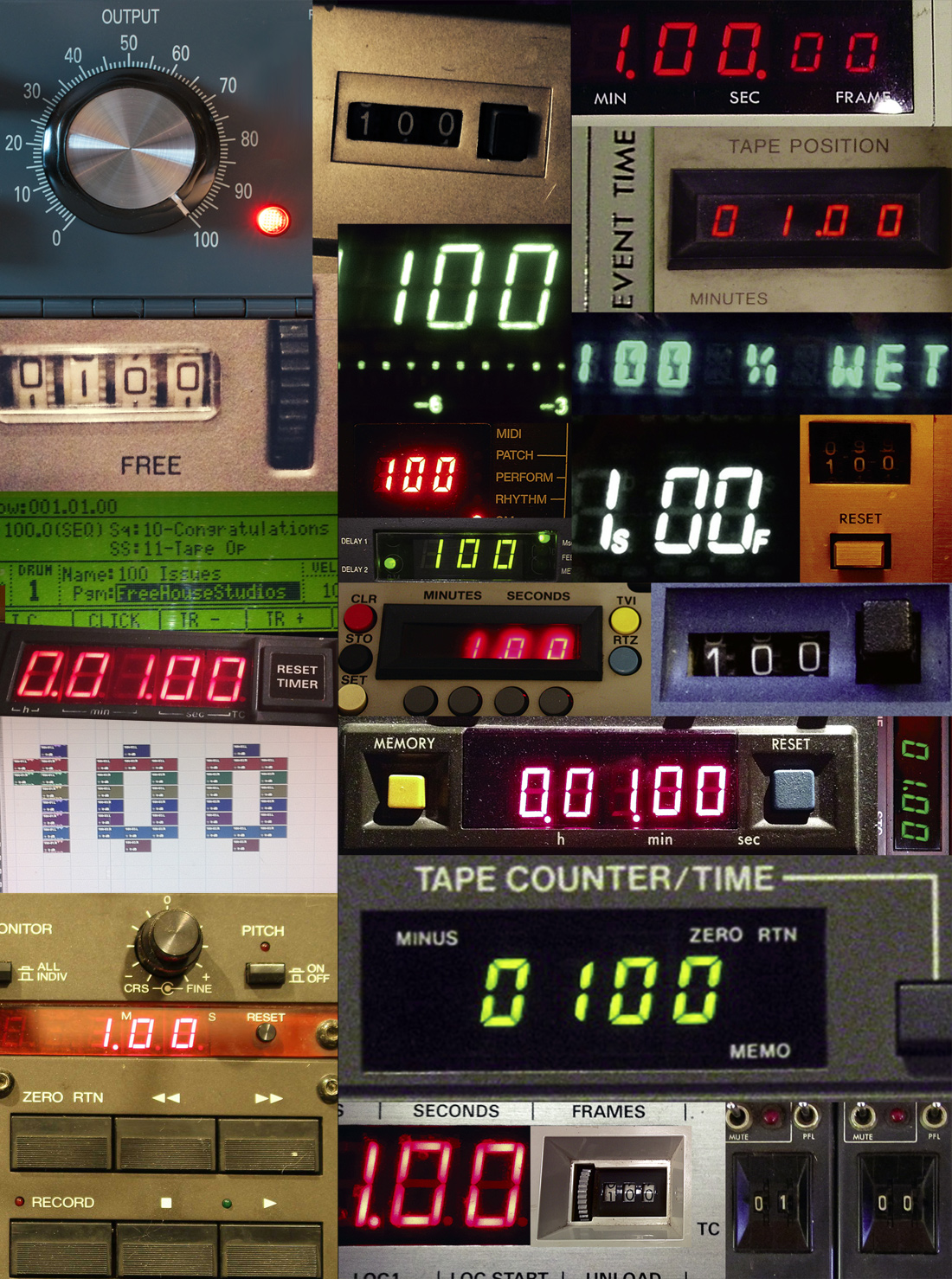

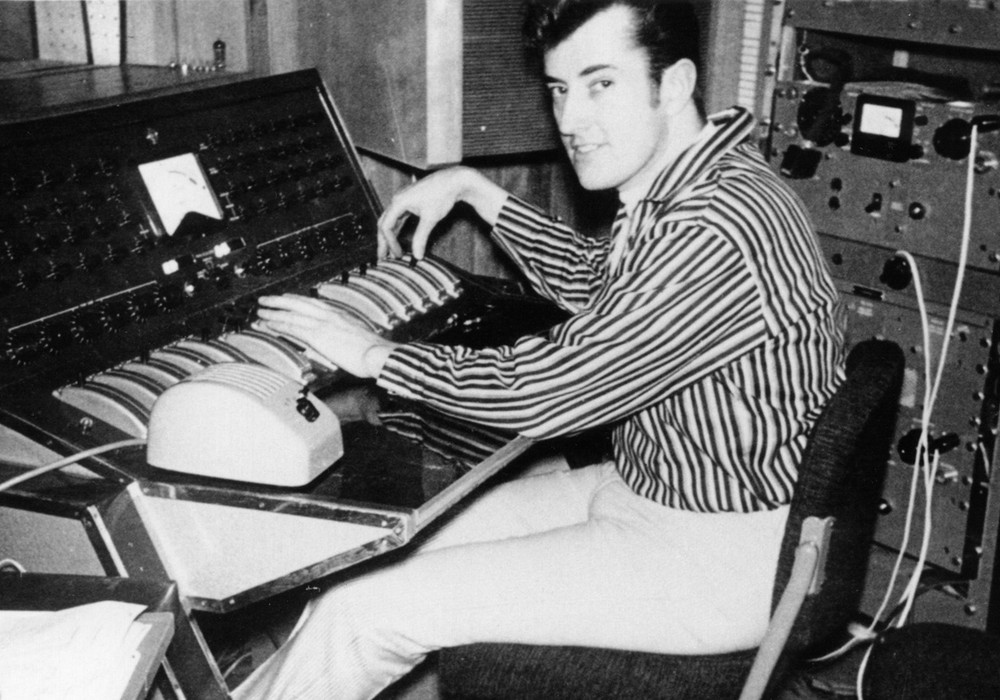
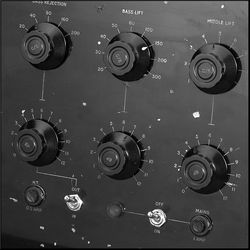
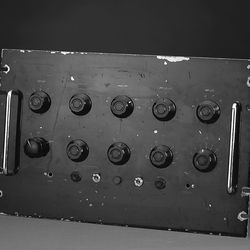
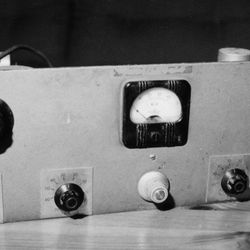
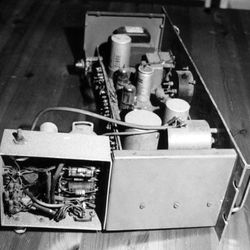
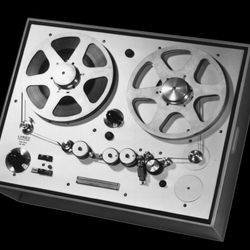
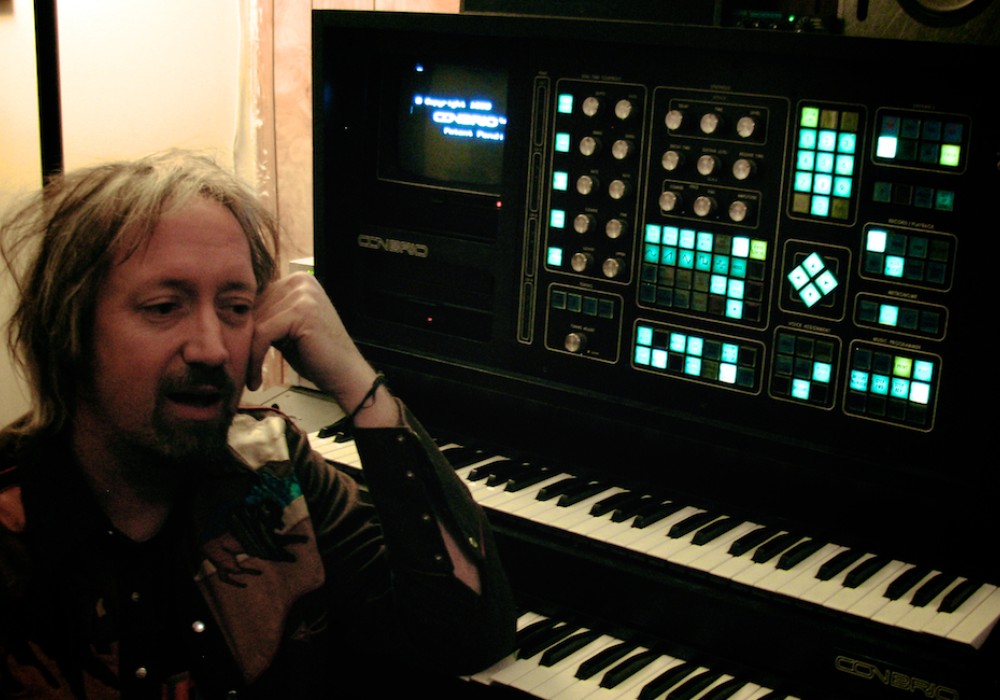
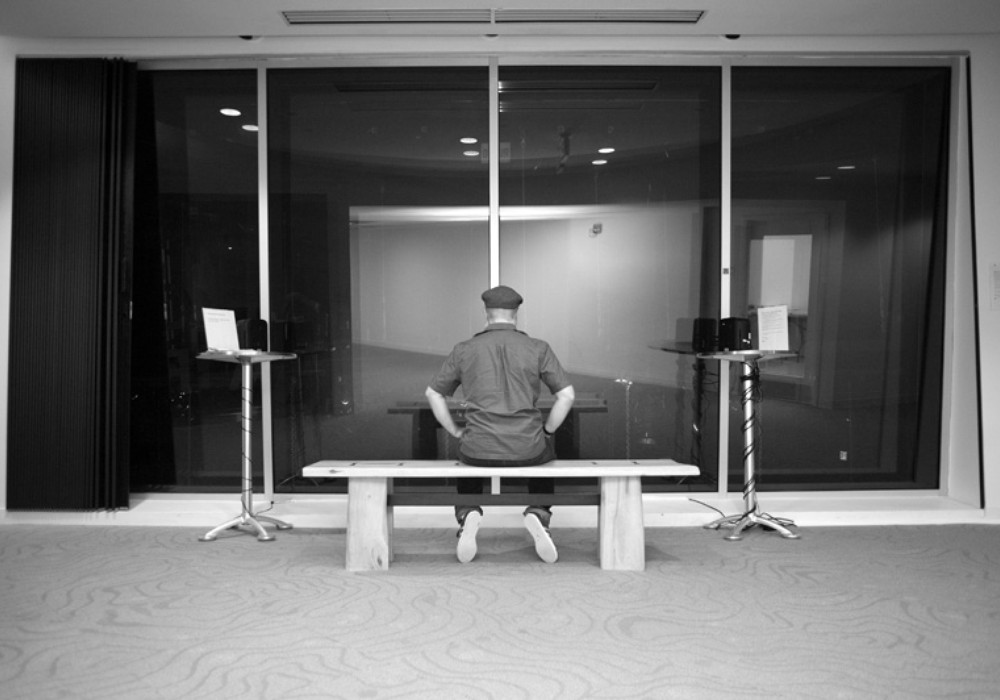
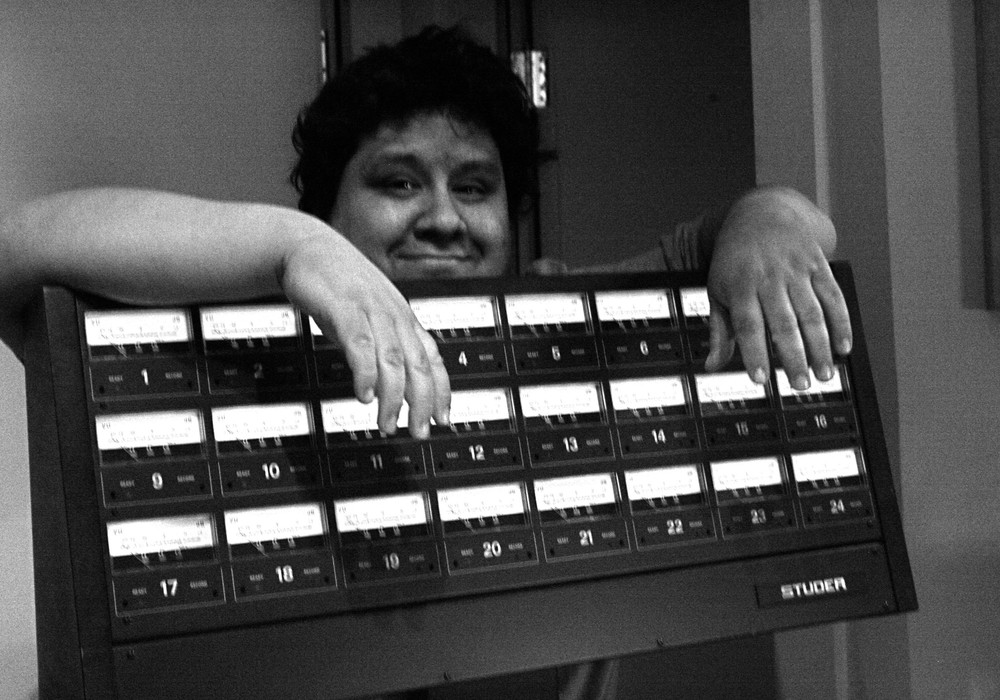
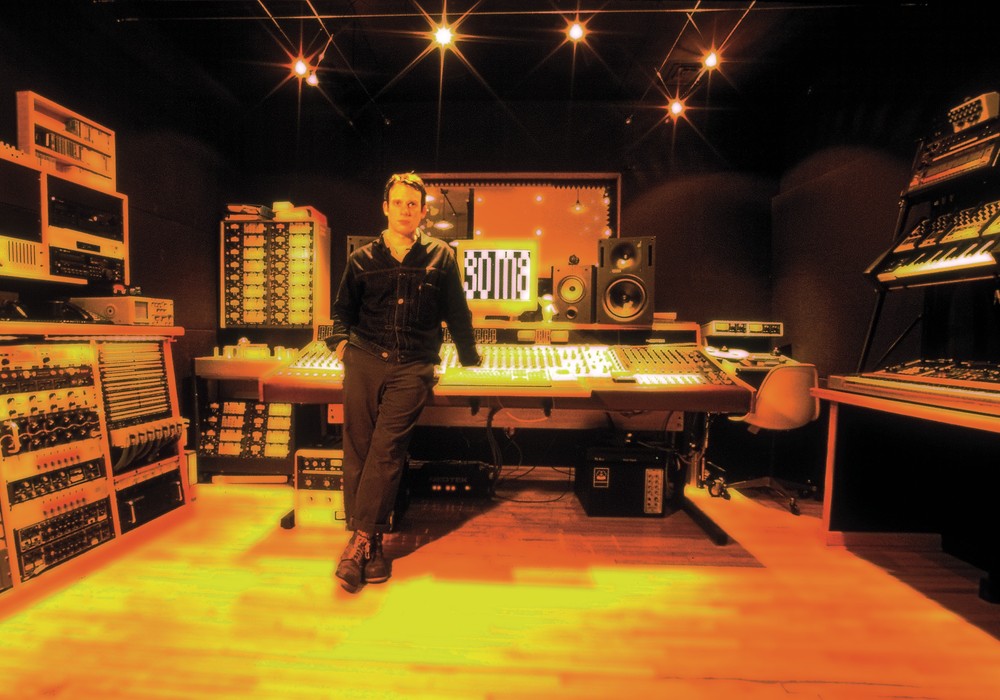
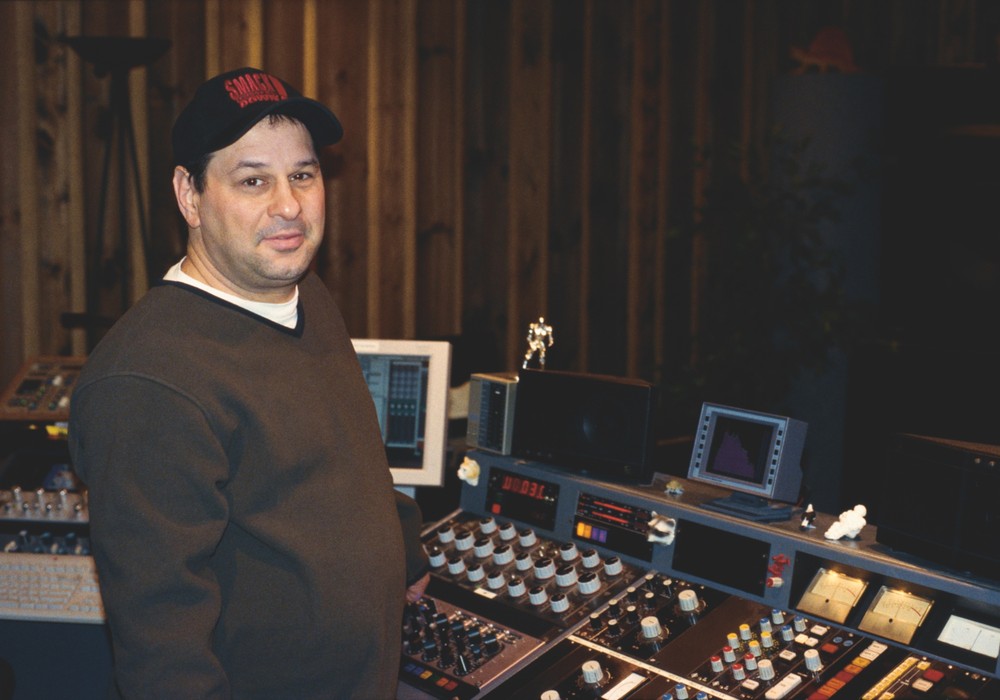
_display_horizontal.jpg)
